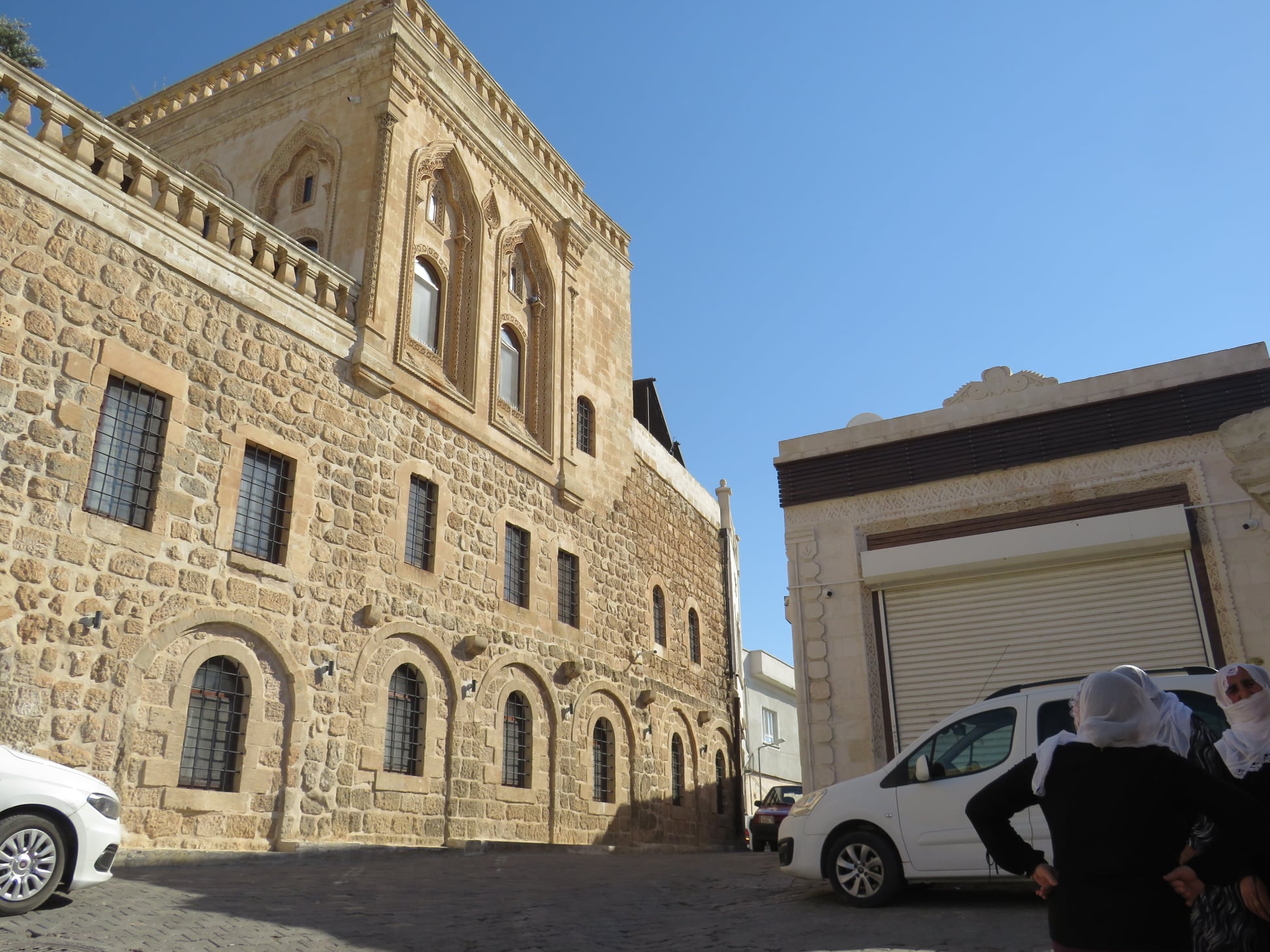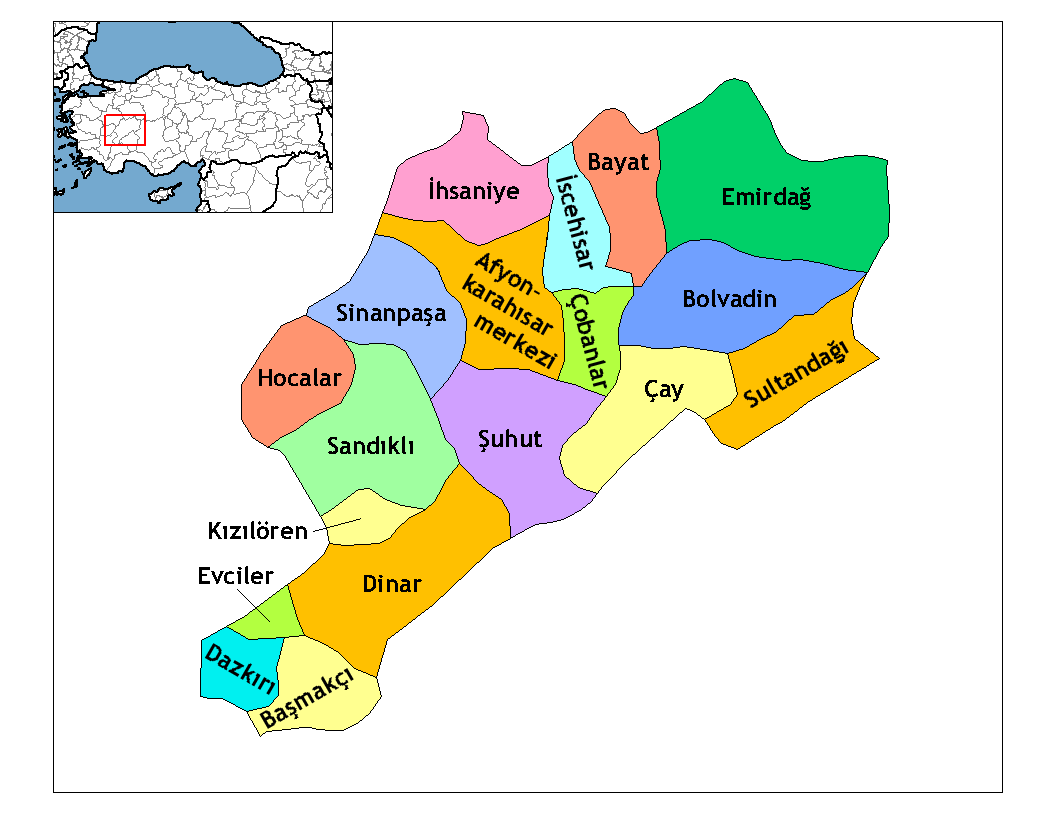|
Midyat
Midyat (, , , ) is a municipality and district of Mardin Province, Turkey. Its area is 1,241 km2, and its population is 120,069 (2022). In the modern era, the town is populated by Kurds, Mhallami Arabs and Assyrians. The old Estel neighborhood is about 80 to 85% Kurdish-populated. it was originally a Syriac Christian town made up of mostly Syriac Orthodox, Catholics, and Protestants. The spoken language of Midyat was until recently modern Aramaic (Surayt) and the town has throughout history been considered the capital of the Tur Abdin region, the heartland of Syriac Christianity. History Assyrian tablets from 9th century BC refer to Midyat as '' Matiate''. During a campaign in 879 BC, the Assyrian king Assurnasirpal II and his army marched through the city, staying for two nights. His successor, the Assyrian king Shalmaneser III did the same in 845 BC. The tablets also described how Assurnasirpal II erected a monument in the city, which remains to be found. The archae ... [...More Info...] [...Related Items...] OR: [Wikipedia] [Google] [Baidu] |
Tur Abdin
Tur Abdin (; ; ; or ) is a hilly region situated in southeast Turkey, including the eastern half of the Mardin Province, and Şırnak Province west of the Tigris, on the Syria–Turkey border, border with Syria and famed since Late Antiquity for its Christian monasteries on the border of the Roman Empire and the Sasanian Empire. The area is a low plateau in the Anti-Taurus Mountains stretching from Mardin in the west to the Tigris in the east and delimited by the Mesopotamia, Mesopotamian plains to the south. The Tur Abdin is populated by more than 80 villages and nearly 70 monastery buildings and was mostly Syriac Orthodox Church, Syriac Orthodox until the early 20th century. The earliest surviving Christian buildings date from the 6th century. The name "Tur Abdin" is . Tur Abdin is of great importance to the Syriac Orthodox Church, Syriac Orthodox, for whom the region used to be a monastic and cultural heartland. The Assyrian people, Assyrian community of Tur Abdin call themsel ... [...More Info...] [...Related Items...] OR: [Wikipedia] [Google] [Baidu] |
Matiate
Matiate is an archaeological site underneath the town of Midyat, in Mardin province, Turkey. It is assumed to have been in use for 1,900 years, at its peak to have been inhabited by up to 70,000 people and is considered to be the largest such system in the world. Discovery The tunnel system was discovered by chance in 2020 during renovation works in Midyat's old town. Construction workers unearthed a limestone cave which led to a tunnel and other caves. Subsequent large excavation works began and, by 2022, 49 rooms were made visible. The underground city was called Matiate after the ancient Assyrian name of the city of Midyat, which translates into "city of caves". Extension The town's origins date back to the 2nd or 3rd century CE and at its peak it is believed to have been inhabited by between 60,000 and 70,000 people. of tunnels and 49 rooms have been unearthed, but it is assumed that only 3% of the city has been discovered. Excavation works were performed in co-operati ... [...More Info...] [...Related Items...] OR: [Wikipedia] [Google] [Baidu] |
Assyrian People
Assyrians (, ) are an ethnic group Indigenous peoples, indigenous to Mesopotamia, a geographical region in West Asia. Modern Assyrians Assyrian continuity, share descent directly from the ancient Assyrians, one of the key civilizations of Mesopotamia. While they are distinct from other Mesopotamian groups, such as the Babylonians, they share in the broader cultural heritage of the Mesopotamian region. Modern Assyrians may culturally self-identify as Terms for Syriac Christians#Syriac identity, Syriacs, Chaldean Catholics, Chaldeans, or Terms for Syriac Christians#Aramean identity, Arameans for religious, geographic, and tribal identification. Assyrians speak various dialects of Neo-Aramaic, specifically those known as Suret and Turoyo, which are among the oldest continuously spoken and written languages in the world. Aramaic was the lingua franca of West Asia for centuries and was the language spoken by historical Jesus, Jesus. It has influenced other languages such as Hebrew an ... [...More Info...] [...Related Items...] OR: [Wikipedia] [Google] [Baidu] |
Assyrian Christians
Assyrians (, ) are an ethnic group indigenous to Mesopotamia, a geographical region in West Asia. Modern Assyrians share descent directly from the ancient Assyrians, one of the key civilizations of Mesopotamia. While they are distinct from other Mesopotamian groups, such as the Babylonians, they share in the broader cultural heritage of the Mesopotamian region. Modern Assyrians may culturally self-identify as Syriacs, Chaldeans, or Arameans for religious, geographic, and tribal identification. Assyrians speak various dialects of Neo-Aramaic, specifically those known as Suret and Turoyo, which are among the oldest continuously spoken and written languages in the world. Aramaic was the lingua franca of West Asia for centuries and was the language spoken by Jesus. It has influenced other languages such as Hebrew and Arabic, and, through cultural and religious exchanges, it has had some influence on Mongolian and Uighur. Aramaic itself is the oldest continuously spoken and wri ... [...More Info...] [...Related Items...] OR: [Wikipedia] [Google] [Baidu] |
Christian Assyrians
Assyrians (, ) are an ethnic group Indigenous peoples, indigenous to Mesopotamia, a geographical region in West Asia. Modern Assyrians Assyrian continuity, share descent directly from the ancient Assyrians, one of the key civilizations of Mesopotamia. While they are distinct from other Mesopotamian groups, such as the Babylonians, they share in the broader cultural heritage of the Mesopotamian region. Modern Assyrians may culturally self-identify as Terms for Syriac Christians#Syriac identity, Syriacs, Chaldean Catholics, Chaldeans, or Terms for Syriac Christians#Aramean identity, Arameans for religious, geographic, and tribal identification. Assyrians speak various dialects of Neo-Aramaic, specifically those known as Suret and Turoyo, which are among the oldest continuously spoken and written languages in the world. Aramaic was the lingua franca of West Asia for centuries and was the language spoken by historical Jesus, Jesus. It has influenced other languages such as Hebrew an ... [...More Info...] [...Related Items...] OR: [Wikipedia] [Google] [Baidu] |
Mhallami
The Mhallami people, also known as Mardelli or alternatively spelled as Mahallami (; ; ; ) are an Arabic-speaking tribal ethnic group traditionally living in and around the city of Mardin, Turkey. Although they originate from a diverse mosaic in West Asia, their historical roots have not been definitively established and most of their traditions were recorded orally. While the Mhallami identify with each other, their ethnic affiliation was disputed. The Mhallami typically identified as Arabs, but many identified as Kurds, and some identified as Assyrians. They are Sunni Muslims with a small Syriac Christian minority. They speak Mhallami, a distinct dialect of North Mesopotamian Arabic with heavy Turkish, Kurdish, and Aramaic influence. Determining the exact number of Mhallami today is difficult for a number of reasons, but sources generally state numbers as low as 150,000 and as high being around 1 million. Due to migration since 1920 they have a large presence in Lebanon, but ... [...More Info...] [...Related Items...] OR: [Wikipedia] [Google] [Baidu] |
Mardin Province
Mardin Province (; ; ; ) is a province and metropolitan municipality in Turkey. Its area is 8,780 km2, and its population is 870,374 (2022). The largest city in the province is Kızıltepe, while the capital Mardin is the second largest city. Districts Mardin Province is divided into 10 districts: * Artuklu * Dargeçit * Derik * Kızıltepe * Mazıdağı * Midyat * Nusaybin * Ömerli * Savur * Yeşilli Demographics Mardin Province is a linguistically, ethnically and religiously diverse province. The dominant ethnic groups are Arabs, Assyrians, and Kurds, of which Kurds constitute a majority. Other minor groups include Armenians, Chechens and Turks, while Jews lived in the area before migrating to Israel around 1948. The Chechens settled in the region during the Russo-Turkish War in 1877/1878. The distinctive Mhallami community also reside in the district. The province is considered part of Turkish Kurdistan. In 1990, it was estimated that Kurds const ... [...More Info...] [...Related Items...] OR: [Wikipedia] [Google] [Baidu] |
Turoyo Language
Turoyo (), also referred to as Surayt (), or modern Suryoyo (), is a Central Neo-Aramaic language traditionally spoken by the Syriac Christian community in the Tur Abdin region located in southeastern Turkey and in northeastern Syria. Turoyo speakers are mostly adherents of the Syriac Orthodox Church. Originally spoken and exclusive to Tur Abdin, it is now majority spoken in the diaspora. It is classified as a vulnerable language. Most speakers use the Classical Syriac language for literature and worship. Its closest relatives are Mlaḥsô and western varieties of Northeastern Neo-Aramaic like Suret. Turoyo is not mutually intelligible with Western Neo-Aramaic, having been separated for over a thousand years. Etymology Term comes from the word ', meaning 'mountain', thus designating a specific Neo-Aramaic language of the mountain region of Tur Abdin in southeastern part of modern Turkey (hence ''Turabdinian'' Aramaic). Other, more general names for the language are ... [...More Info...] [...Related Items...] OR: [Wikipedia] [Google] [Baidu] |
Districts Of Turkey
The Provinces of Turkey, 81 provinces of Turkey are divided into 973 districts (''ilçeler''; sing. ''ilçe''). In the Ottoman Empire and in the early Turkish Republic, the corresponding unit was the ''qadaa, kaza''. Most provinces bear the same name as their respective provincial capital (political), capital districts. However, many urban provinces, designated as greater municipalities, have a center consisting of multiple districts, such as the provincial capital of Ankara Province, Ankara province, Ankara, The City of Ankara, comprising nine separate districts. Additionally three provinces, Kocaeli, Sakarya, and Hatay have their capital district named differently from their province, as İzmit, Adapazarı, and Antakya respectively. A district may cover both rural and urban areas. In many provinces, one district of a province is designated the central district (''merkez ilçe'') from which the district is administered. The central district is administered by an appointed pr ... [...More Info...] [...Related Items...] OR: [Wikipedia] [Google] [Baidu] |
Turkey
Turkey, officially the Republic of Türkiye, is a country mainly located in Anatolia in West Asia, with a relatively small part called East Thrace in Southeast Europe. It borders the Black Sea to the north; Georgia (country), Georgia, Armenia, Azerbaijan, and Iran to the east; Iraq, Syria, and the Mediterranean Sea to the south; and the Aegean Sea, Greece, and Bulgaria to the west. Turkey is home to over 85 million people; most are ethnic Turkish people, Turks, while ethnic Kurds in Turkey, Kurds are the Minorities in Turkey, largest ethnic minority. Officially Secularism in Turkey, a secular state, Turkey has Islam in Turkey, a Muslim-majority population. Ankara is Turkey's capital and second-largest city. Istanbul is its largest city and economic center. Other major cities include İzmir, Bursa, and Antalya. First inhabited by modern humans during the Late Paleolithic, present-day Turkey was home to List of ancient peoples of Anatolia, various ancient peoples. The Hattians ... [...More Info...] [...Related Items...] OR: [Wikipedia] [Google] [Baidu] |
Telegraph
Telegraphy is the long-distance transmission of messages where the sender uses symbolic codes, known to the recipient, rather than a physical exchange of an object bearing the message. Thus flag semaphore is a method of telegraphy, whereas pigeon post is not. Ancient signalling systems, although sometimes quite extensive and sophisticated as in China, were generally not capable of transmitting arbitrary text messages. Possible messages were fixed and predetermined, so such systems are thus not true telegraphs. The earliest true telegraph put into widespread use was the Chappe telegraph, an optical telegraph invented by Claude Chappe in the late 18th century. The system was used extensively in France, and European nations occupied by France, during the Napoleonic era. The electric telegraph started to replace the optical telegraph in the mid-19th century. It was first taken up in Britain in the form of the Cooke and Wheatstone telegraph, initially used mostly as an aid ... [...More Info...] [...Related Items...] OR: [Wikipedia] [Google] [Baidu] |







